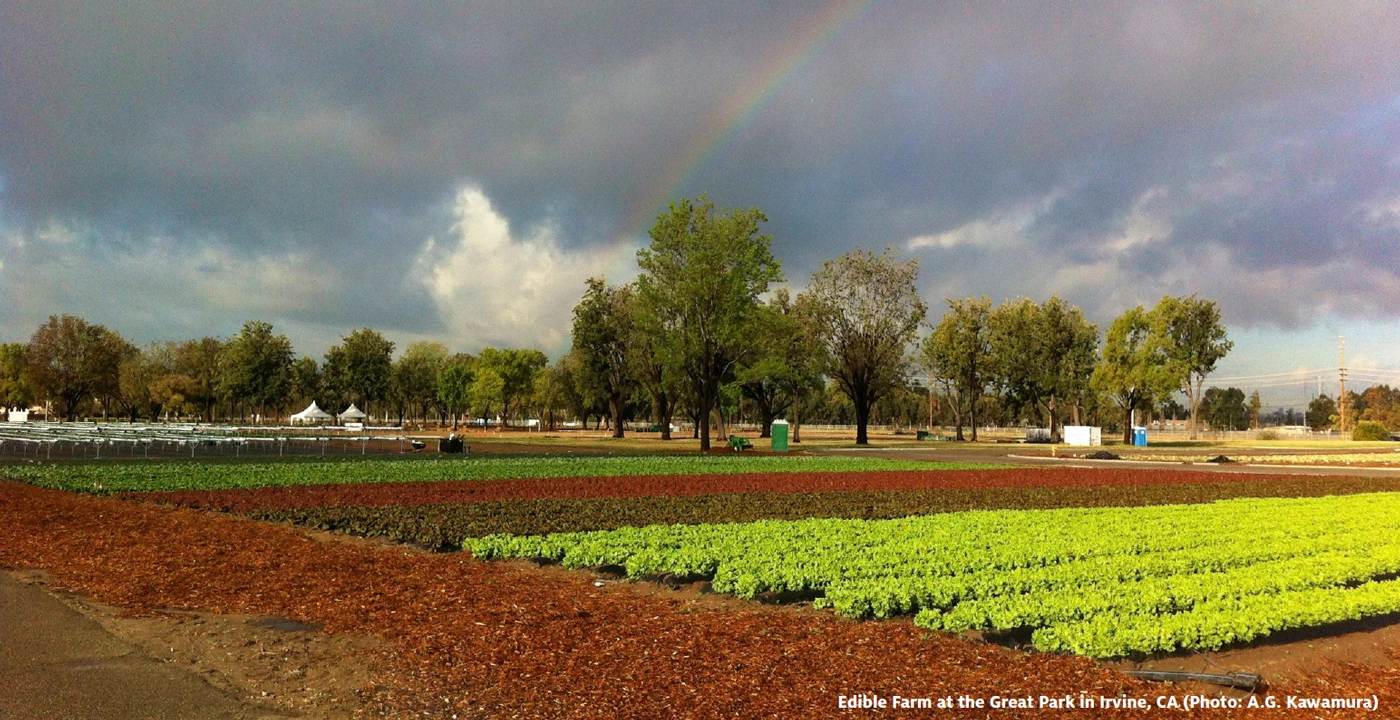The Water Resources Research Center’s annual conference, Arizona’s Agricultural Outlook: Water, Climate, and Sustainability, was held July 12–14, 2022. This conference marked the 20th anniversary of our signature event, which is designed to share up-to-date information and insights on a water topic of importance to Arizona and the region. Though topics and locations have varied, the constant has been a conference program that offers a broad view to a broadly based audience.
Since 2020, the WRRC, like most other organizations, has taken advantage of virtual programming to keep our tradition going, and each of the past three years has been something of an adventure. In 2020, the COVID-19 shutdown occurred just a few weeks before approximately 400 people were scheduled to convene in Phoenix to explore Water at the Crossroads: The Next 40 Years. We adapted and delivered an all-virtual conference three months later. For 2021, we wisely followed our advisors’ guidance by planning from the start an all-virtual conference, Tribal Water Resilience in a Changing Environment. Though COVID-related uncertainty abounded as we began planning this year’s conference, we followed the advice of an engaged group of expert conference advisors and tried a hybrid format. A full day of in-person programming, with non-interactive live-streaming, was followed by two days of shorter, fully virtual and interactive programming. That we attracted over 600 registrants for each day, including more than 200 who registered to join us at the University of Arizona Student Union Memorial Center for the first day, suggests we achieved our objectives in terms of the platform for delivery. Importantly — and confirmed by comments we received during and immediately after the conference — we delivered a program diverse in terms of speaker experience, perspective, and geography. The agenda, along with session recordings and materials, can be found on the conference website, where you can also find bios for the 44 speakers and moderators, information about the many conference sponsors, and archived materials from past WRRC conferences.
The 2022 conference topic was selected shortly after last summer’s conference on Tribal water resilience, where water security, food production, and traditional practices were discussed. Also in the summer of 2021, the U.S. Bureau of Reclamation announced the first-ever Colorado River Tier 1 shortage for 2022, signaling significantly reduced Central Arizona Project agricultural water deliveries to Central Arizona irrigators. Consequently, many questions arose about the outlook for agriculture in Arizona. Hence, the idea for our 2022 conference germinated.
The idea was to look at agriculture in Arizona through a wider lens than that associated with our 2017 conference on irrigated agriculture in Arizona. The goal was, in a limited timeframe, to consider the breadth of Arizona agriculture and its impacts, including large-scale and smaller scale agriculture, irrigated agriculture and ranching, traditional agriculture, new technology, research developments, rural community development, policy developments, and more. Of course, during our conference planning, we could not have predicted the June 14, 2022 announcement by Reclamation Commissioner Camille Calimlim Touton of what can only be described as gargantuan additional Colorado River cutbacks, nor could we have known the outcome of the 2022 Arizona legislative session. Due to poor Colorado River basin hydrology, cutbacks of between two and four million acre-feet will be required in 2023. These developments heightened the urgency of this discussion for many conference participants.
Given my own need to absorb and review the diverse experiences and excellent insights that were shared at the conference and the short length of my Reflections essays, I only attempt here to share some key conference take-aways in the form of a few key words and themes. The first is adaptation — of people, plant species, animals, the environment, you name it. To start the second day of the conference, moderator Kathy Jacobs provided some good definitions of (human) adaptation to climate change, and we heard about adaptation throughout the program. Another theme is partnership, including value of partnerships in incentivizing and researching the potential of new techniques and/or technologies. We can do much more together than individually. A third theme is the importance of acting with the younger generation(s) in mind; we must educate, encourage, and enable younger generations and remember to think and plan for generations not yet born. A fourth theme is community, remembering that communities can be large or small and based on geography, affinity group, culture, business relationships, or other characteristics. People connect to agriculture, ranching, and food production/preparation through different communities. The final theme I’ll mention here is respect — respect for different experiences, cultures, and outlooks. The comments I heard during and since the conference indicate that respect for and recognition of the diversity of people and their perspectives are essential. There is much need to work together to address the significant water challenges Arizona and the region face. Working together is facilitated greatly by mutual respect.
During the conference, several speakers offered remarks that demonstrated optimism. Opening day keynote speaker A.G. Kawamura of Orange County, California, expressed optimism through his focus on the water in the partially-filled glass rather than the empty part. Indeed, many participants focused on opportunities in the face of water scarcity. The information, insights, and results they presented were not filtered through rose-colored glasses. They acknowledged that not everything tried will be successful, yet the general willingness to partner in order to adapt for the benefit of current and future generations was demonstrated throughout the conference.
I believe it is possible to maintain some optimism while dealing with the harsh reality of the imbalance between diminishing water supplies and growing water demands. I think some dose of optimism is healthy and perhaps even necessary if we are to discover pathways and implement solutions to the wicked water problems we face.
NOTE: Since the 2018 edition, the topic of the WRRC’s annual Arroyo publication is connected to the prior year’s annual conference. Find the recently published 2022 edition, Water Resilience – Indigenous Perspectives, and all past Arroyos here.


